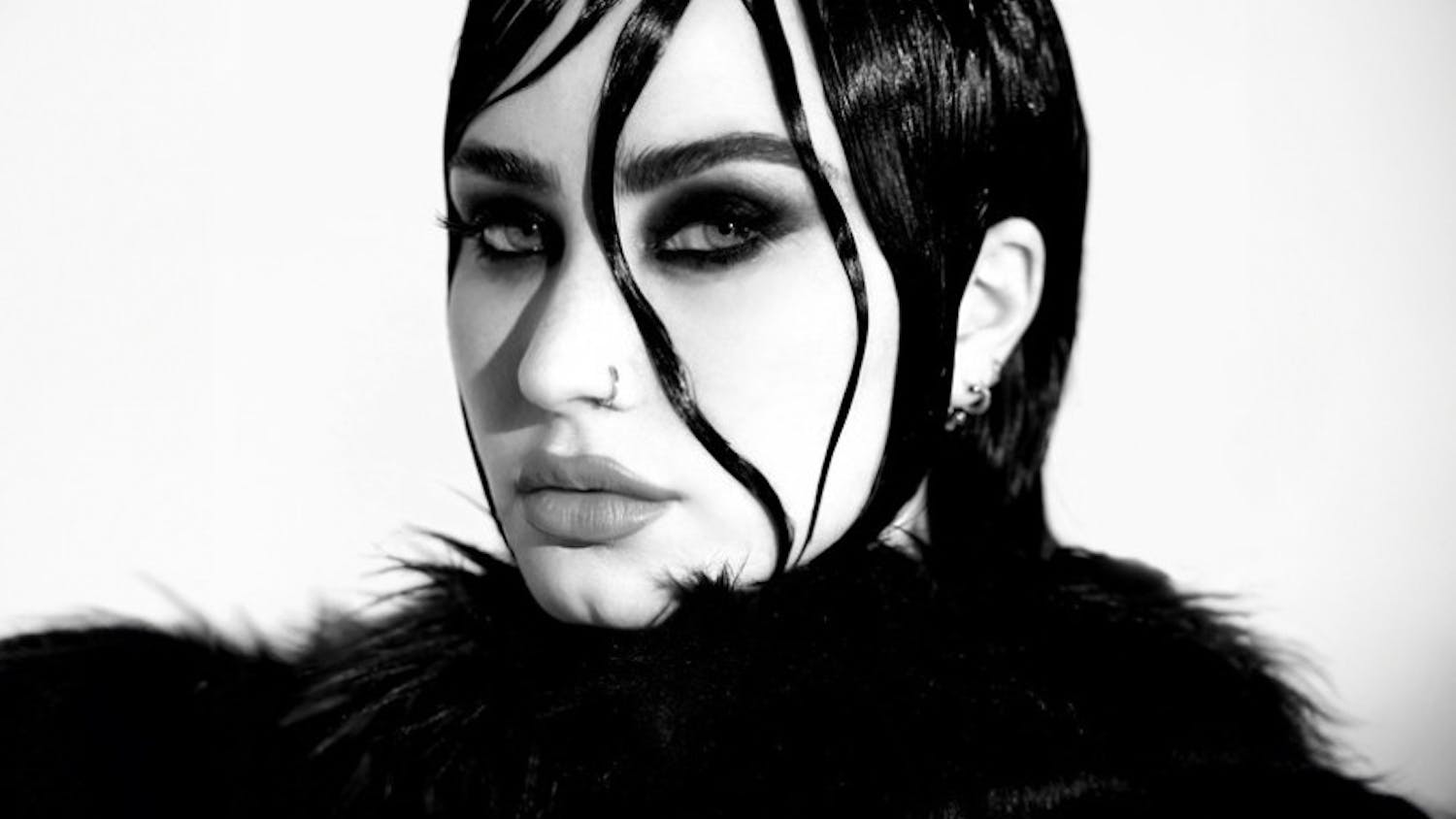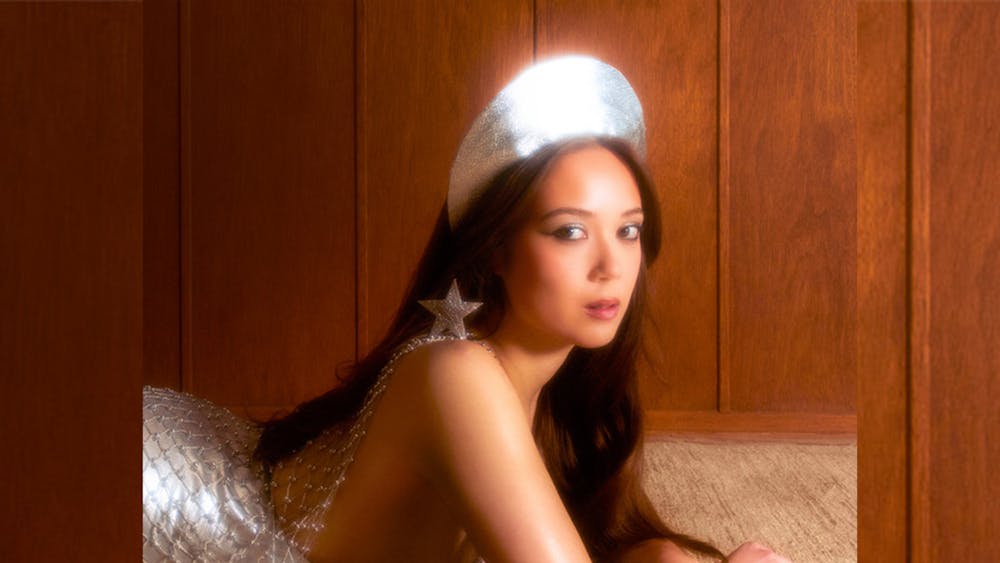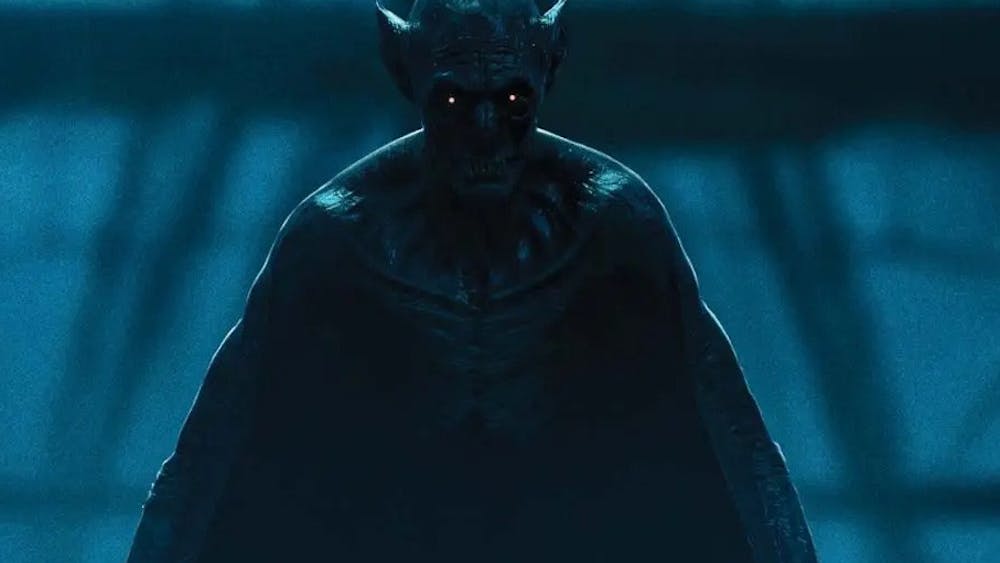Slightly before the golden age of Romantic Gothic Horror, German romanticist E.T.A Hoffman wrote a tale equally romantic, exotic, dreamy, supernatural, yet significantly less macabre. Composer Piotr Ilyich Tchaikovsky and choreographer Lev Ivanov reinterpreted "The Nutcracker and The King of Mice," which was handed down to guest conductor Xian Zhang and choreographer Jasques Cesbron for the IU Ballet Theater this weekend.\nA women's chorus and a celesta -- a xylophone-like instrument that became popular after the original production of "The Nutcracker" -- added to the production's unique and enchanting sound. The set design, costumes and lighting accentuated the music and dance, creating a magical and intricate land, while the children from the IU Pre-College Ballet program emphasize the fairy tale plot. \nThe story starts in reality, with the German president throwing a ball during which Dr. Drosselmeyer, the magician, entertains the crowd and gives a nutcracker doll to his goddaughter, Clara. The opening scene is dominated by a real-life portrayal of the dancing and festive atmosphere with the playful dancing of Clara, her brother Fritz and Drosselmeyer's magic displays.\nThe weird part of the story begins with Clara's fantastic and elaborate dream, based on the nutcracker she received as a gift. In her dream, Clara battles the King of Mice and his henchmice, travels to imaginary lands and gets rewarded with the transformation of the nutcracker into a handsome prince. \nThe goofy dance of the mice and the capricious fighting that wins the doll back for Clara introduce the exotic dreamscape, which separates "The Nutcracker" from the traditional ballet, a romantic love story. \nThe second act is extremely bizarre, as this represents all of the full-blown fantasies of Clara. This is where the majority of the familiar Nutcracker music is, as it accompanies all of dances the denizens of the Land of Sweets perform to entertain Clara. \nBecause of a wide cultural span of dances, the ballet appeals to a diversity-conscious audience. The tale was ahead of its time with the glorification Spanish, Arabian, Chinese and Russian cultures. The audience was dazzled by the these dances, as well as the Dance of the Mirlitons and the Waltz of the Flowers. Spectators were also entertained by Mother Ginger with several children from the IU pre-college program. The audience was in a roar of laughter as Mother Ginger was getting into the music as an untrained and very contemporary club-dancer would; it was similar to the response to last year's spoof of the Macarena, also a feature of "The Nutcracker." The audience was noticeably excited and dazzled by the performance by American Ballet Theatre guest artists Xiomara Reyes and Angel Corella in the pas de deux.\n"The Nutcracker" performance was a very intricate and very intense visual display. Though a bit less violent, and a bit more elegant, "The Nutcracker" was just as action-packed as Terminator 2, and Cesbron promised it would be. At times, it was a little too intense for too long, and could have had a little bit more relaxing choreography. However, the production was a lot of fun with all of its parts but was very impressive.\nIt is the kind of fairy tale that enchants us as children, but has a universal appeal for people of all ages. It represents the secular, festive side of the holiday season, but its plot is a bit disturbing. Like many opera and ballets, it focuses on the very upper class and represents how wealthy children get spoiled on Christmas, and because of this it is less inspirational than Charles Dickens' "A Christmas Carol"
Annual production brings joy to audience
Get stories like this in your inbox
Subscribe





